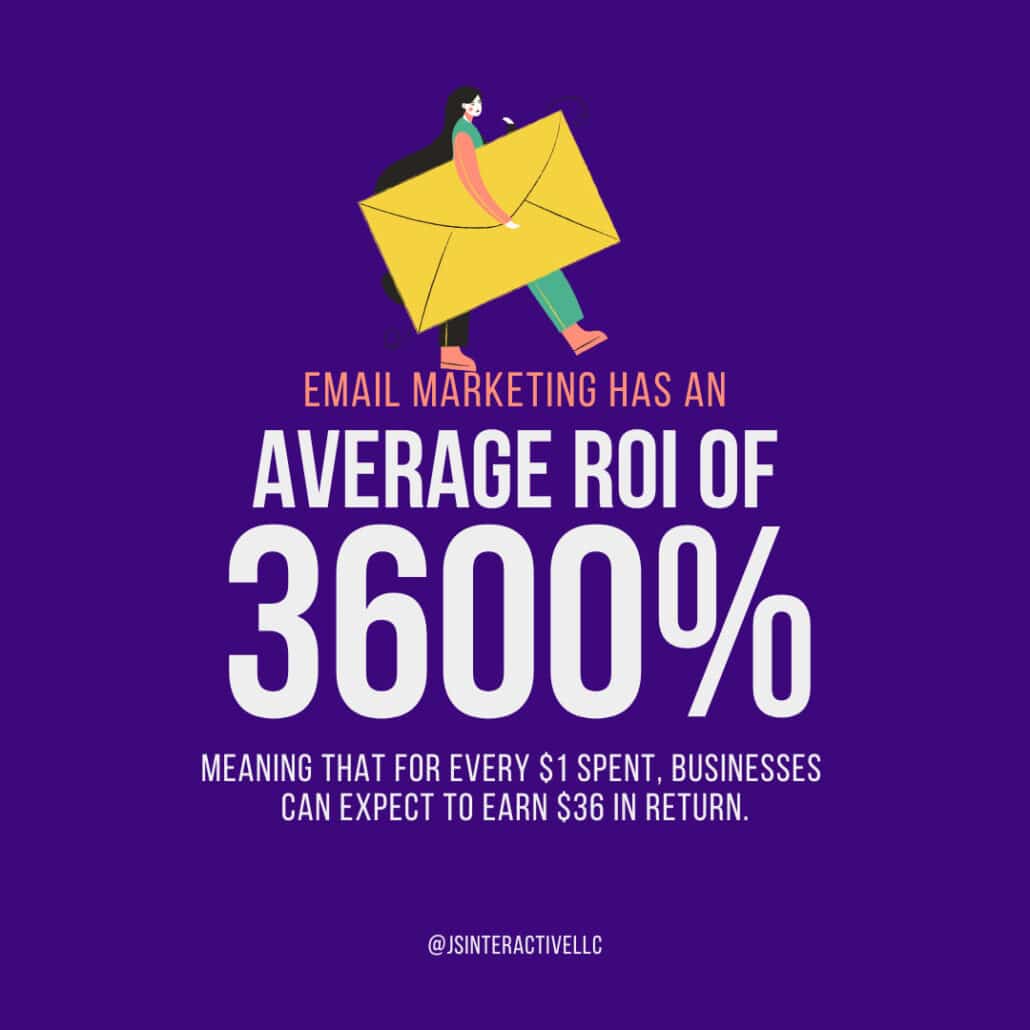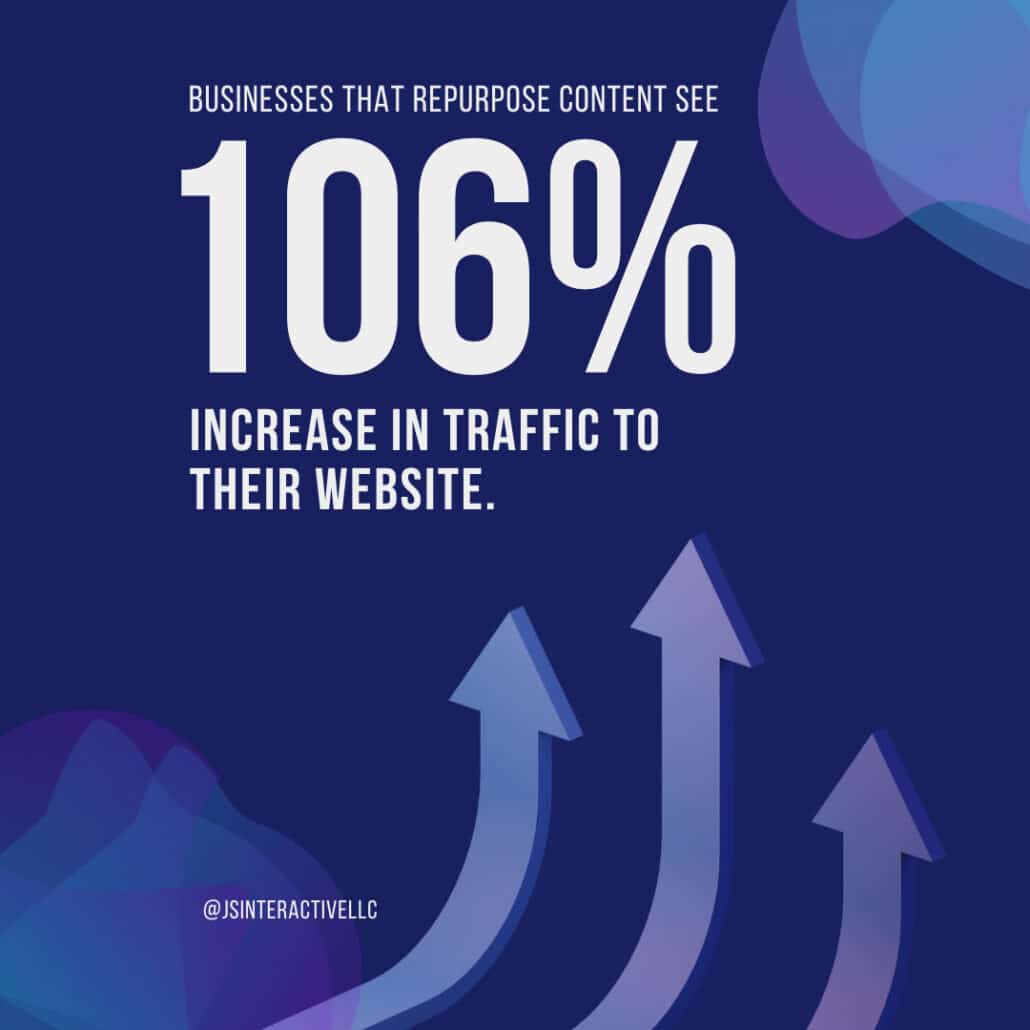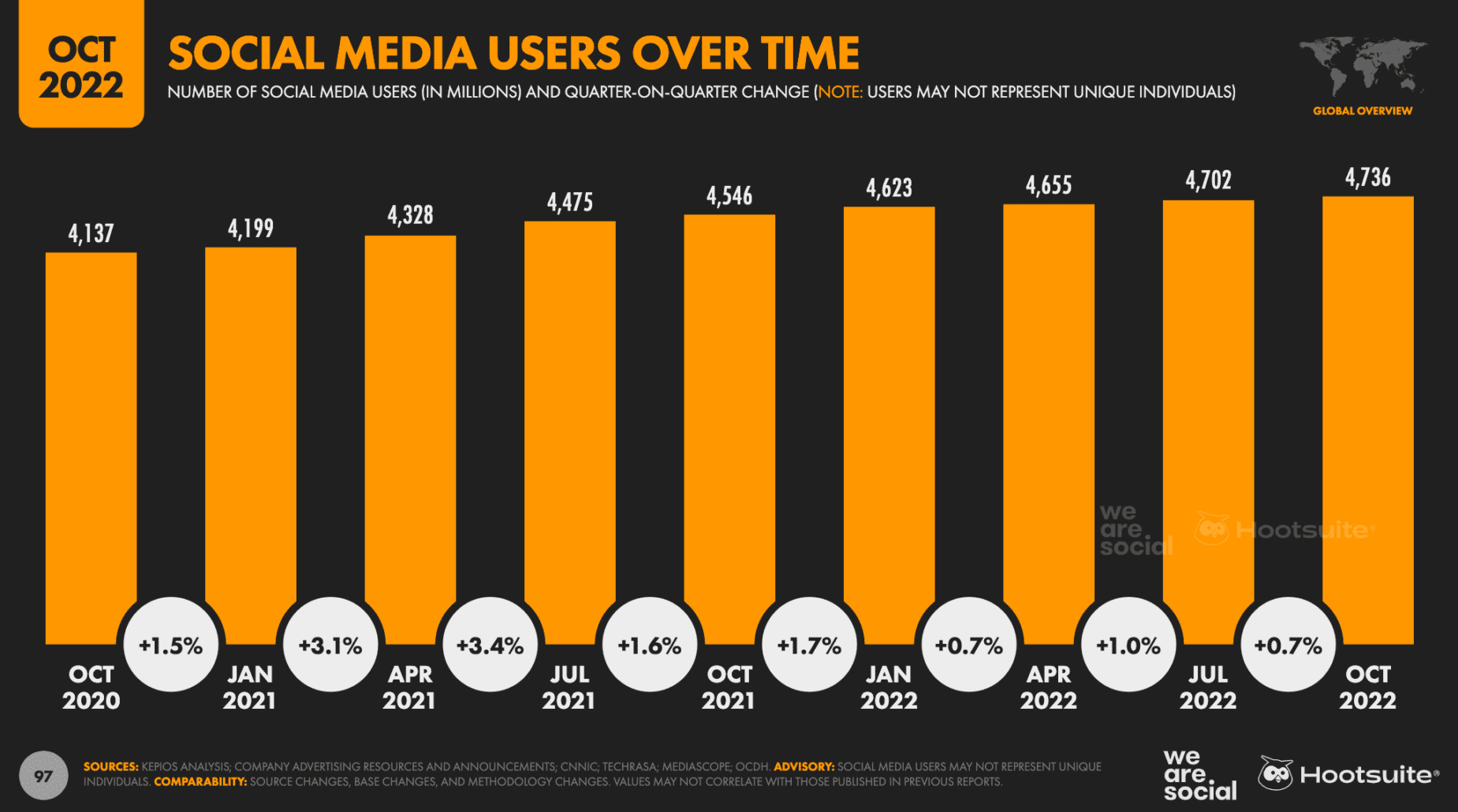The Ultimate Guide to Small Business Marketing in Austin: Strategies That Work

As the capital of Texas, Austin is a thriving city with a flourishing business community. With over 2.3 million residents and a rapidly growing economy, it’s no wonder that Austin has been named one of the best places to start a small business in the country, with Texas taking the No. 1 spot for small business job growth in 2021!
When it comes to small businesses per capita, Austin has roughly 3 small businesses for every 100 citizens, contributing to the city’s dynamic and diverse entrepreneurial ecosystem. However, with so many companies competing for attention, it can be challenging for small business owners to stand out and attract customers.
That’s where effective marketing strategies come in. In this comprehensive guide, we’ll explore the latest and most effective small business marketing strategies in Austin that can help you grow your business, increase your customer base, and, ultimately, boost your bottom line. From social media to email marketing, SEO, and more, we’ve covered you with the latest data and proven tactics to help take your small business to the next level.
Table Of Contents:
- Is Austin a Good Place to Start a Small Business?
- 5 Types of Marketing Best for Small Businesses
- Small Business Marketing in Austin with JS-Interactive
Is Austin a Good Place to Start a Small Business?
Austin is considered by many to be an excellent place to start a small business. With a growing population and a thriving economy, entrepreneurs have many opportunities to succeed in various industries. Whether you’re a tech startup or a local restaurant, Austin is the perfect place to build your brand.
Why Austin is Good for Small Businesses
Austin is widely recognized as one of the best places in the country to start a small business. Here are a few reasons why:
- Entrepreneurial ecosystem: Austin boasts a thriving entrepreneurial ecosystem with a wealth of resources available for small business owners, including accelerators, co-working spaces, and networking groups. The city’s entrepreneurial spirit is also reflected in the numerous startup events and conferences that take place throughout the year, attracting investors, entrepreneurs, and innovators from all over the world.
- Access to talent: Austin is home to several world-class universities, including the University of Texas at Austin, which produces a steady stream of top talent in a wide range of fields. Additionally, with a strong economy and a high quality of life, Austin attracts professionals from all over the country, providing small businesses access to a diverse pool of skilled workers.
- Business-friendly environment: Austin has a reputation for being a business-friendly city, with low taxes, minimal regulation, and a supportive local government. The city also offers a range of incentives and programs to help small businesses get started and grow, including small business loans, tax breaks, and training programs.
- Growing market: With a population of roughly 2.3 million people and a rapidly growing economy, Austin offers a large and diverse market for small businesses. The city’s strong tech and creative industries provide ample opportunities for entrepreneurs to start and grow successful businesses.
5 Forms of Successful Small Business Marketing in Austin
Small businesses face unique marketing challenges that require cost-effective and targeted strategies to reach their ideal customers. With so many marketing options available, knowing which methods are worth the investment can be challenging. In this blog section, we’ll explore five types of marketing that have proven to be effective for small businesses.
From social media to email marketing, SEO, content marketing, and more, we’ll provide insights into how these strategies can help small businesses grow and reach their marketing goals without breaking the bank.
1. Boost Local SEO and Brand Visibility with Google Business Profile and Other Online Listings
With the rise of search engines and online directories, more and more consumers are turning to the internet to find products and services in their area. Online listings are a powerful tool for small businesses to increase brand visibility and reach a wider audience. By listing your business on popular platforms such as Google Business, Yelp, and Yellow Pages, you can ensure your business is visible to potential customers actively searching for businesses like yours.
In addition to providing valuable exposure, online listings can improve your search engine rankings. By including accurate and up-to-date information about your business, such as your name, address, phone number (NAP), website, and hours of operation, you can help search engines understand and index your business more effectively. This can lead to higher rankings in search results, further increasing your brand visibility and driving more traffic to your website.
Another benefit of online listings is the ability to manage your online reputation. Many platforms allow customers to leave reviews and ratings, which can influence the purchasing decisions of potential customers. Monitoring and responding to reviews can build customer trust and demonstrate your commitment to providing excellent service.
2. Revamp Your Marketing Game with These Cost-Saving Content Strategies!
Marketing is an essential aspect of any business, but it can be costly, especially for small businesses with limited budgets. Fortunately, companies can implement several cost-saving content strategies to revamp their marketing game without breaking the bank.
Fleshing Out Your Content Creation
Creating valuable and engaging content is critical to a successful content marketing strategy. However, it can be challenging to consistently come up with fresh ideas and produce high-quality content that resonates with your audience.
According to a recent study, businesses that prioritize content marketing methods, such as blogging, generate 67% more leads per month than those that don’t. By investing in content creation, you can position your business as a thought leader in your industry and establish trust with your target audience.
To flesh out your content creation and generate more leads for your business, starting with a clear understanding of your target audience and their needs is important. What are their pain points, and what type of content would they find valuable? Conducting research, such as customer surveys or social media listening, can help you gather insights and create content that resonates with your audience.
Once you understand your audience, developing a content strategy that aligns with your business goals is essential. This involves creating a content calendar that outlines your content’s topics, formats, and distribution channels. A content calendar can help you stay organized and ensure your content is consistently delivered to your audience.
When creating content, it’s paramount to focus on quality over quantity. Producing a large volume of low-quality content will not yield the results you desire. Instead, focus on creating high-quality, in-depth content that provides value to your audience. This can include:
- Blog posts
- Whitepapers
- Case studies
- Infographics
- Videos
Distributing your content effectively to reach your target audience is also necessary. This involves promoting your content on social media, email marketing campaigns, and other digital channels. Additionally, leveraging search engine optimization (SEO) techniques, such as using relevant keywords and meta descriptions, can help your content rank higher in search engine results pages (SERPs).
Creating Engaging Email Campaigns
Email marketing remains one of the most effective and cost-efficient ways to reach and engage customers. According to a recent study, email marketing has an average ROI of 3600%, meaning that for every $1 spent, businesses can expect to earn $36 in return. However, creating engaging email campaigns that get results can be challenging.

To succeed, email campaigns need to capture subscribers’ attention, provide value, and encourage action. Not quite sure where to begin? Here are a few tips to help you out:
- Build a strong email list by collecting email addresses from interested prospects and subscribers who have opted in to receive your communications.
- Personalize your email subject line and content using subscriber data, such as the subscriber’s name or personalized product recommendations based on their purchase history.
- Create relevant, informative, and engaging content that meets the needs and interests of your audience.
- Use a clear and concise subject line that accurately reflects the content of the email.
- Optimize your emails for mobile devices since mobile devices account for almost 50% of email opens.
- Include a clear call-to-action (CTA) in your emails to encourage subscribers to take action, such as making a purchase or visiting your website.
- Use images and videos to break up the text and make the email visually appealing.
- Test different elements of your email campaigns, such as subject lines, CTAs, and sending times, to see what works best for your audience.
Getting More Mileage Out of Your Content with Effective Content Repurposing
Content creation is a time-consuming and resource-intensive process. However, with effective content repurposing strategies, you can get more mileage out of your existing content and reach a wider audience. According to a recent study, businesses that repurpose content can see a 106% increase in traffic to their website.

Content repurposing is the process of transforming existing content into different formats or channels, such as turning a blog post into a video, infographic, or podcast. Repurposing content is a great way to get more value from the content you’ve already created while reaching a wider audience.
Repurposing existing content:
- Saves time and resources by utilizing existing content to create new formats or channels
- Maintains a consistent content output without overstretching resources
- Reaches a wider audience by catering to different types of audiences and their preferences
- Increases accessibility of content to different audiences
- Extends the lifespan of content by utilizing it in various formats or channels
- Helps improve SEO by increasing the amount of content available and attracting more traffic to the website
Cutting Costs and Increasing Efficiency with the AI Advantage
AI technology has revolutionized content creation, and many businesses are taking advantage of its cost-cutting benefits. Agencies can automate repetitive tasks, increase efficiency, and reduce overhead costs by adopting AI tools. In fact, according to Statista, more than 80% of industry experts already integrate some form of AI technology into their online marketing strategies.
However, it’s important to note that AI cannot replace human expertise when it comes to fact-checking, writing, and editing. While AI can assist with content creation, when it comes to the future of blogging and other online marketing tactics, it still requires human oversight to ensure accuracy and quality. As such, many agencies are adopting a hybrid approach, combining the strengths of AI and human creativity to produce high-quality content efficiently and cost-effectively.
3. Maximize Your Small Business Reach in Austin: Unleashing the Power of Social Media!
Social media has become an indispensable tool for small businesses to reach a wider audience and engage with customers. With over 4.9 billion social media users worldwide (with that number only predicted to continue rising), social media platforms offer a massive potential audience for businesses to connect and engage with.

Source: Hootsuite
Leveraging The Right Platforms to Target Your Ideal Demographics
Knowing your target audience and where to find them is crucial as a small business owner. With so many social media platforms available, it can be overwhelming to determine which ones are the best fit for your business.
54% of social media users use social media to research products, and 71% of consumers are more likely to make a purchase based on a social media referral. This means that social media can be a powerful tool for small businesses to reach their target audience and drive sales.
To choose the right social media platform for your small business, it’s essential to research the demographics of each platform and understand your target audience. Consider factors such as
- Age
- Gender
- Location
- Interests
Additionally, think about the type of content you want to create and which platforms are best suited for that type of content. Don’t be afraid to experiment and try different platforms to see what works best for your business. Monitor your analytics to track the success of your social media marketing efforts and adjust your strategy accordingly.
Once you have identified the social media platforms your target audience is most active on, optimizing your profiles by including relevant information about your business and creating content that resonates with your audience is important. Here are some tips for leveraging the right platforms to target your ideal demographics:
- Identify the social media platforms that your target audience is most active on
- Optimize your social media profiles by including relevant information about your business
- Create content that resonates with your target audience
- Use targeted advertising to reach specific demographics
- Monitor your analytics to track the success of your social media marketing efforts
By leveraging the right social media platforms and targeting your ideal demographics, you can increase your brand visibility, drive traffic to your website, and, ultimately, increase sales for your small business.
Collaborating with Local Influencers for Increased Exposure
Influencer marketing is an effective way for small business owners to gain exposure within their community without breaking the bank. Partnering up with popular content creators from San Antonio or other nearby cities can help amplify your message while building trust among potential clients as they see familiar faces endorsing what you have available:
- Research local influencers within your industry niche with strong following and high engagement rates.
- Reach out to potential collaborators with a personalized message explaining how you believe their audience would benefit from learning about your business.
- Negotiate terms for the partnership, such as payment or exchange of products/services in return for promotion on their social media profiles.
Small business owners who incorporate these strategies into their marketing plan will help you stay competitive in Austin’s bustling market and establish lasting connections with customers who value authenticity and quality. Consistency is vital – continually refine and optimize your approach based on data-driven insights to ensure long-term success.
Small businesses in Austin can expand their digital visibility and target tech-minded audiences using social media networks like Instagram and Facebook. To further enhance the customer experience online, it is essential to prioritize responsive website design with seamless navigation capabilities and effective communication channels.
4. Enhance The Customer Experience
In today’s digital landscape, a solid online presence is imperative for both customer retention and acquisition. Prioritizing excellent customer service will satisfy existing clients and attract new ones looking for reliable brands they can trust. To achieve this, businesses in Austin should focus on optimizing user experience (UI/UX) on their websites and networking with other companies to establish valuable backlinks that further solidify authority within their industry niche.
Prioritizing Responsive Website Design and Seamless Navigation
A well-designed website is crucial in providing an exceptional online experience for your customers. By implementing responsive web design, you ensure your site looks great and functions smoothly across various devices such as smartphones, tablets, or desktop computers. This adaptability significantly improves the overall usability of your website while reducing bounce rates due to poor navigation or slow loading times.
- Choose clean layouts with clear headings and subheadings to make content easily scannable.
- Ensure fast-loading pages by optimizing images and minimizing unnecessary scripts.
- Create intuitive menus that help users find information quickly without frustration.
- Use contrasting colors for text readability against backgrounds while maintaining brand consistency throughout the site design elements like fonts, icons, etcetera.
- Include a clear USP (unique selling proposition) and a strong call-to-action (CTA) to encourage users to contact you.
Building Relationships Through Effective Communication Channels
To foster lasting relationships with your customers, it’s essential to maintain open lines of communication through multiple channels. Implementing tools such as live chat support or social media messaging can provide instant assistance when needed, giving visitors confidence in knowing they’re dealing directly with business representatives who genuinely care about their needs and concerns.
- Utilize live chat software to provide real-time assistance and address customer inquiries promptly.
- Create a dedicated FAQ page on your website that addresses common customer questions and concerns.
- Stay connected with customers on social media sites like Facebook, Twitter, and Instagram to provide direct feedback.
- Email marketing campaigns are another effective way to keep clients informed about new products, promotions, or company updates while providing personalized content tailored to their interests and preferences.
Incorporating these strategies into your small business marketing efforts in Austin will help create a seamless online experience for your customers. By prioritizing responsive web design and fostering strong relationships through effective communication channels, you’ll establish trust within the Lone Star State’s thriving community – setting yourself apart as an industry leader ready for success in today’s competitive digital landscape.
5. Work with a Local Marketing Agency
Whether you’re looking to stand out amongst the southern silicon valley’s tech-savvy crowd or increase brand awareness within your local community for your small art shop, working with a local marketing agency in Austin is one of the best investments you can make for your small business.
Working with a local marketing agency can provide small businesses in Austin with valuable expertise and resources to help them reach their marketing goals. By partnering with a team of professionals familiar with the local market, small business owners can gain insight into their target audience and develop effective strategies to reach them.
A marketing agency can also provide access to specialized tools and technologies, such as SEO and PPC advertising, to increase brand visibility and drive traffic to a business’s website. Additionally, a local marketing agency can provide ongoing support and guidance to ensure that a business’s marketing efforts are always up-to-date and effective in a rapidly changing digital landscape.
Small Business Marketing in Austin with JS-Interactive
Staying abreast of the newest trends in Austin’s small business marketing scene is essential for success. By taking advantage of local agencies and resources, utilizing social media strategies tailored for small businesses in the area, and enhancing customer experience online with a well-thought-out website design – you can maximize your reach within this vibrant city. With these tips as your guide, there’s no limit to what success you can achieve when it comes to small business marketing in Austin.
Let us help you grow your small business in Austin with our expert SEO, digital marketing, and web design services. Contact us today to discuss how we can positively impact your online presence!